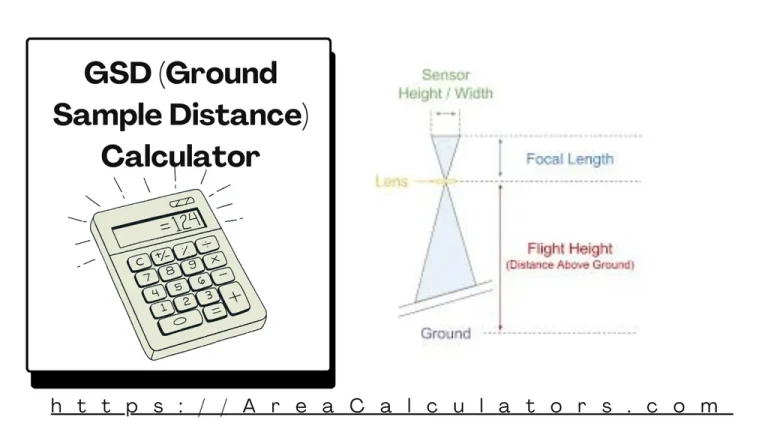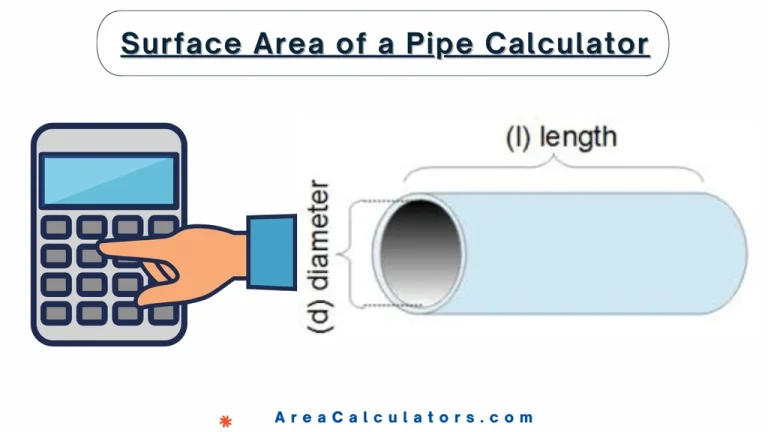Bound of Error Calculator
To calculate the bound of error, multiply the Z-score with the standard deviation and divide by the square root of the sample size. The result gives you the range of error or margin within your confidence interval.
The Bound of Error (or margin of error) is a statistical concept used to show the possible error range in sampling data. It provides an estimate of how much the results from a sample might differ from the true population values. It’s essential in assessing the reliability of statistical data and is especially useful when working with confidence intervals.
Formula:
Where:
- E = Bound of error (Margin of error)
- Z = Z-score (related to the confidence level)
- σ = Standard deviation of the population
- n = Sample size
How to Calculate ?
- Determine Z-Score: Use the Z-value corresponding to your confidence level (e.g., 1.96 for a 95% confidence level).
- Find Standard Deviation (σ): Calculate or use the known standard deviation.
- Input Sample Size (n): Enter the sample size.
- Apply Formula: Plug in values into the formula to get the bound of error.
Solved Calculations
Example 1:
| Variable | Value |
|---|---|
| Z (Confidence Level) | 1.96 (95%) |
| Standard Deviation (σ) | 10 |
| Sample Size (n) | 100 |
Formula:
Answer: 1.96
Example 2:
| Variable | Value |
|---|---|
| Z (Confidence Level) | 2.33 (98%) |
| Standard Deviation (σ) | 15 |
| Sample Size (n) | 225 |
Formula:
Answer: 2.33
What is Bound of Error Calculator ?
The bound of error calculator is a useful tool for estimating the accuracy of various mathematical methods. It helps determine how much the actual value might differ from the estimated value. This is especially important in statistics and calculus.
When you calculate the bound of error, you often look at margins of error from confidence intervals. For instance, if you have a 95% confidence level, the margin of error indicates how precise your estimates are. This is helpful in surveys and experiments.
To find the error bound using this calculator, input your data and follow the steps provided. You can use different methods, such as Simpson’s Rule or the Trapezoidal Rule, to calculate the error bounds. Each method has its formula, and you can choose based on your needs.
Final Words:
Understanding the error bound helps ensure the reliability of your results. Whether you are using Taylor polynomials or midpoint rules, knowing your error bound is key to making informed conclusions.




